I know this topic has been discussed a lot before, but in my opinion there is no simple answer to this question.
Lately, I have been a bit disappointed with my Nikon DSLR kit (D3200) and thus I've been considering an upgrade. I got it many years ago, and it is undoubtedly a great, affordable camera that produces great images. I've had lots of fun with it and I can't complain about its performance when shooting -- given ideal conditions. When I am shooting more challenging subjects, however, I feel a bit hindered by my camera body/system. The points that bother me the most are:
- Size. The D3200 is a very nice, compact, and lightweight DSLR, but it is still relatively big compared to modern cameras. It won't fit in a jacket pocket even without an attached lens. More current cameras with a higher image quality can be smaller than it is (but heavier). The situation is even worse for higher-end DSLRs.
- Autofocus. Again, the D3200 is a fantastic camera if you are just using the center focus spot using the optical viewfinder and nothing else. Live view (contrast) focus is straight up unusable, and there are only 11 (phase) focus points or so if using the viewfinder. At least that's the case with "ordinary" Nikon lenses. I don't know how it performs with higher-end lenses, like the Sigma Art line.
- "Low light" performance. I can't bump the ISO significantly before image degradation becomes obvious. Low light in quotes because that's the case even in fairly well-lit situations. Occasionally, I like to print on medium-sized paper (A3+), and if I need anything above ISO 400 to properly expose the image, it won't look that good printed. Of course, I can always stick to printing bright images large and save the "low light" scenes to smaller prints, so this isn't really my main concern.
- Custom controls. I wish I could customize the camera settings a bit more. For example, on my camera, the back button AF/AE can be set to lock the AF/AE or as a back button focus. But in image preview mode, the same button "locks" the image so it can't be deleted. Thus, you need to quit image preview before using that button to trigger autofocus again. I would like to have a dedicated AF button so I can shoot straight from image preview if the opportunity arises. Another example of customization I can't do: settings like auto-ISO and shutter speed can't be capped/limited to a certain range. Let's say I want to use auto-ISO but prevent it from going above 400 to avoid too much noise (and decrease shutter speed but risk shaky images). Or the opposite: prevent the shutter speed in aperture priority mode from going below 1/100 to avoid shaky images and then change ISO instead. Well, I can't do either at the moment. Again, a nice feature to have, but totally something I can live with.
From what I have seen, cameras nowadays have gotten pretty good and they do look like a significant upgrade from 10-15 year old bodies. I guess all popular, entry-level, modern cameras (2019-) solve at least 3 of the 4 problems I listed above, so I don't think I can go wrong with any big brand. However, I'm having a hard time deciding with so many options and sensor size/formats available. My options so far are:
- Nikon Z. Since I am already familiar with Nikon F lenses, I have read a lot about them and I know the strengths and weaknesses of many of those. That means I likely won't be disappointed if I switch to another system, and I want a certain lens that doesn't exist, or the optical performance is poor, or it is prohibitively expensive. The Z50, Z5, and Z6 all look amazing, and I can pick or switch between a full frame or cropped sensor easier than I would if I was stuck with a micro four thirds. They are more affordable than Sony.
- Sony. They seem to be fantastic cameras, with great image quality and features. Sigma and Tamron options for Nikon are likely available for Sony as well. I'm just slightly afraid that lenses might be too expensive for what they offer. Their cameras look super compact and pocketable, which is a huge plus to me. Full frame (A7iii) or cropped (A6400) are also both available for a seamless transition.
- Olympus. I think it is impossible to beat micro four thirds in size and affordability. It is perhaps the only system where you can get a wide angle, portrait, fast prime, macro, and telephoto that you can take everywhere in a small bag while not costing you a fortune. They also have pretty nice features, such as the "live mode"/"smartphone photography", where you can get a frame that was captured slightly before the shutter button was pressed. This must be so cool for wildlife. Olympus stabilization is also highly regarded, with people claiming it to be "gimbal-like". The E-M5 iii looks very appealing. My main concern is that I've never used a micro four thirds before and thus I don't know how much I'm letting go in image quality. I already feel that the dynamic range I get with the D3200 rocking a larger, cropped sensor could be better.
I am not considering:
- Canon. I completely disagree with their "no third party lenses" policy. To me, that is unacceptable.
- Fujifilm. There are barely any telephoto options and they are one of my favorite lens types to use.
- Panasonic. I like what I read about the Lumix cameras, but they seem to be behind Olympus regarding micro four third still-focused cameras (apart from the G9). And I don't know much about the L-mount.
- Hasselblad, Leica, etc. Too expensive. I want something that I can take with me everywhere and not worry too much if it gets damaged.
I would appreciate if you all could help me figure this out! Especially people who have used more than one modern mirrorless system or have recently transitioned from DSLR to mirrorless. Many thanks in advance!
Edited to add:
I forgot to describe how exactly I use my camera. I mostly shoot:
- "Lifestyle" photos, like something cool I've seen while biking to work, walking in the park, visiting museums, etc.
- Hiking, biking, backpacking photos, like landscape, close ups, macro, wildlife, etc.
- Birds of all sizes.
- Occasionally, street photography if there's some cool event going on.
- I do like to shoot video, so something that would be 4K capable would be great.
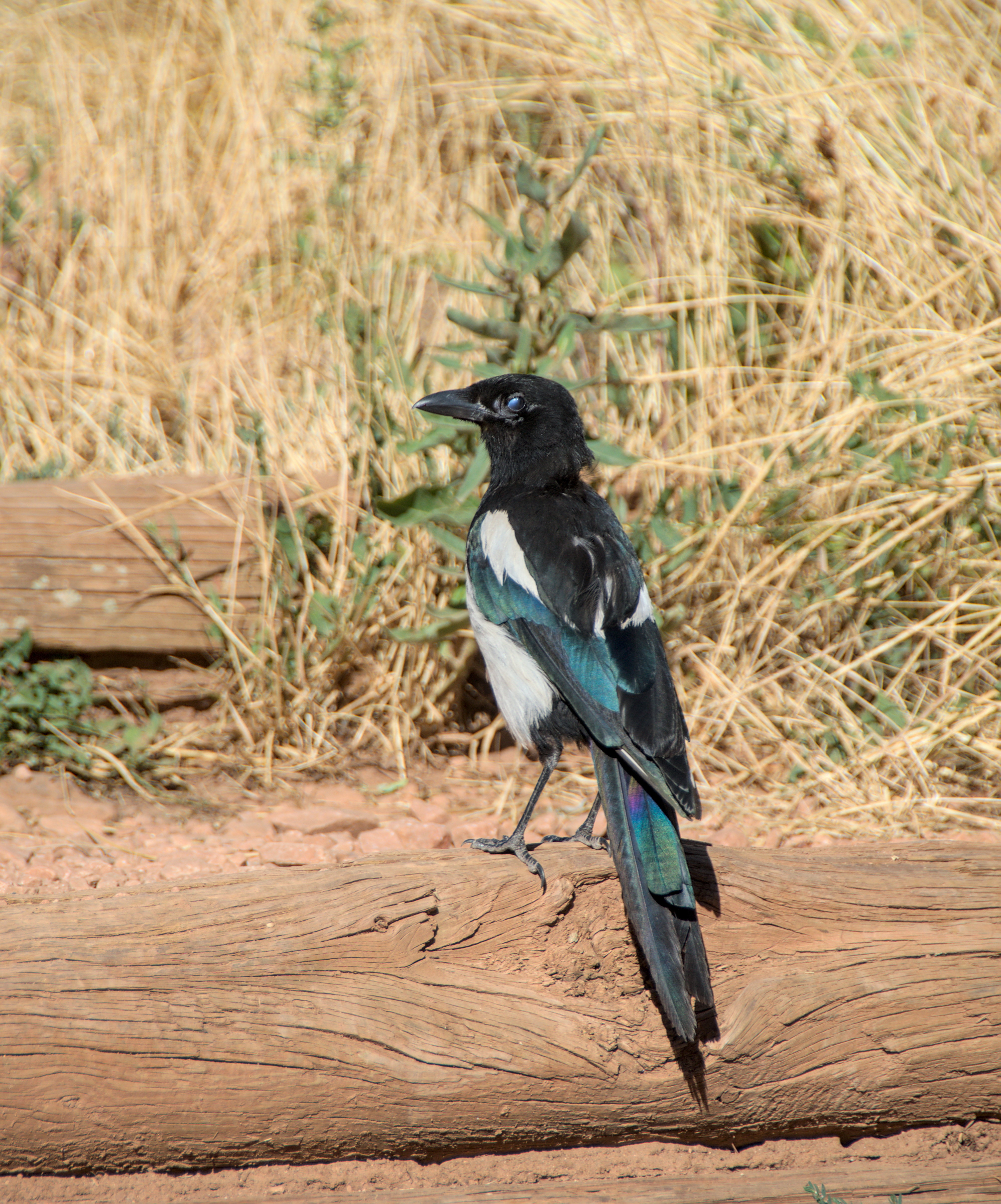
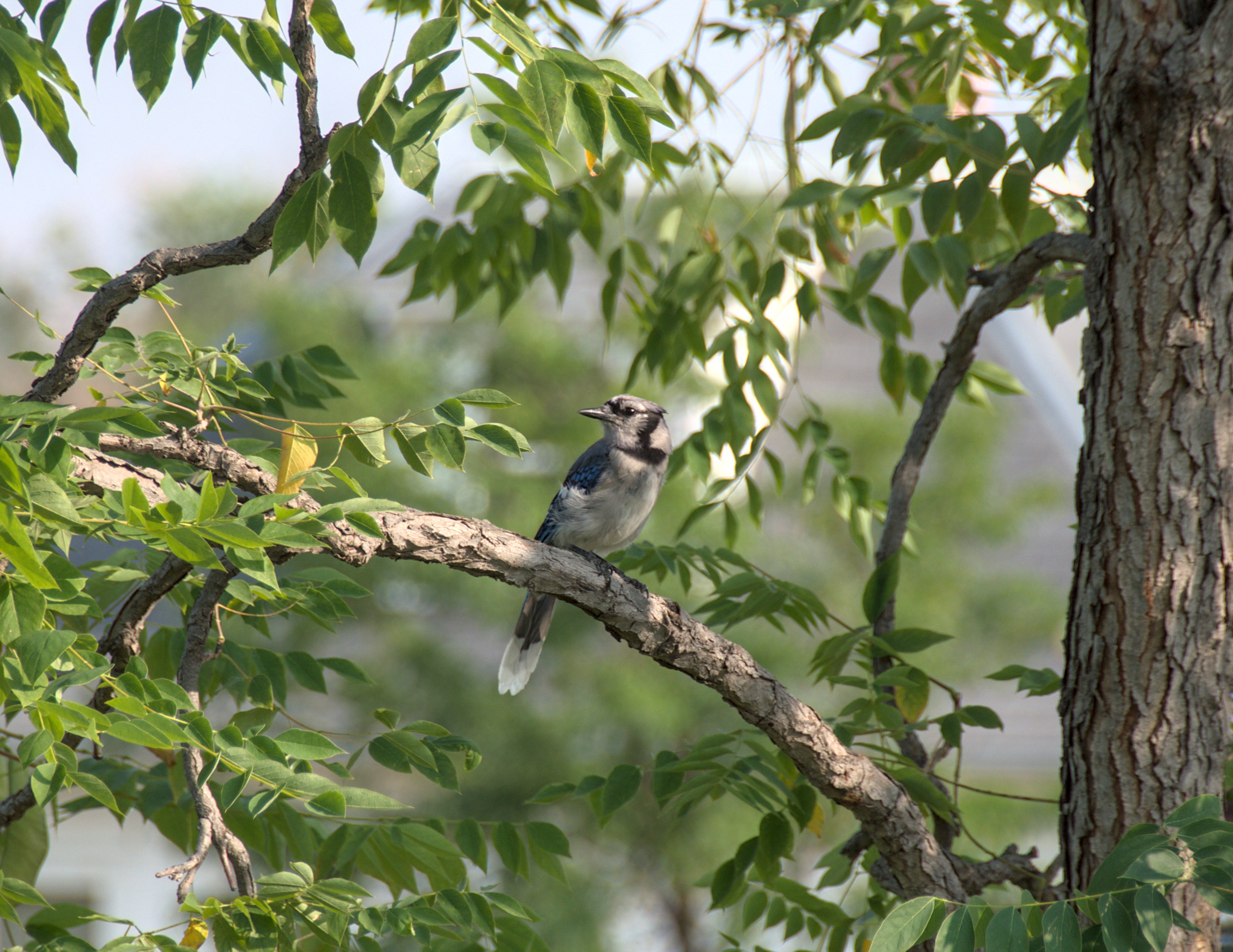

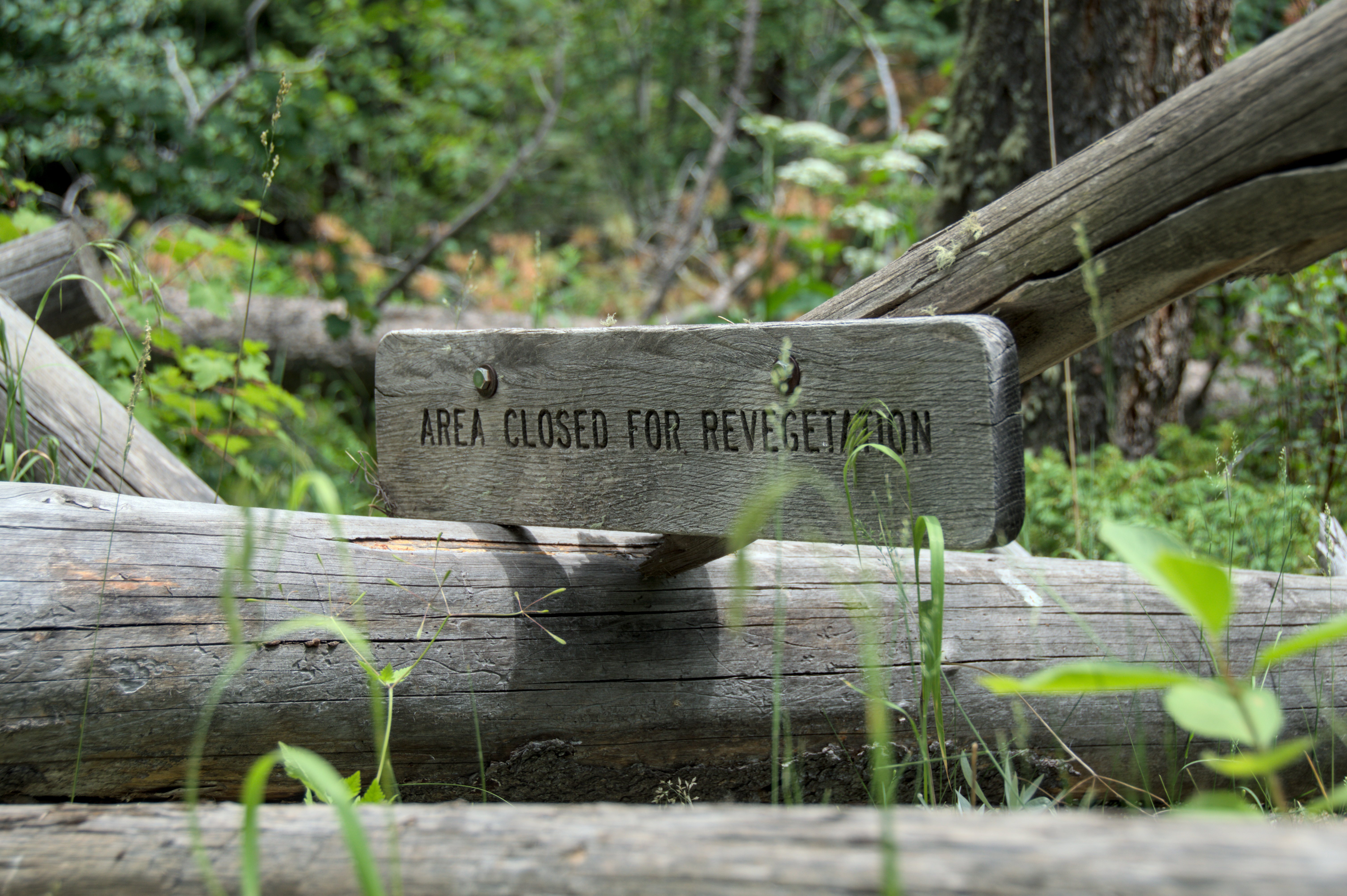
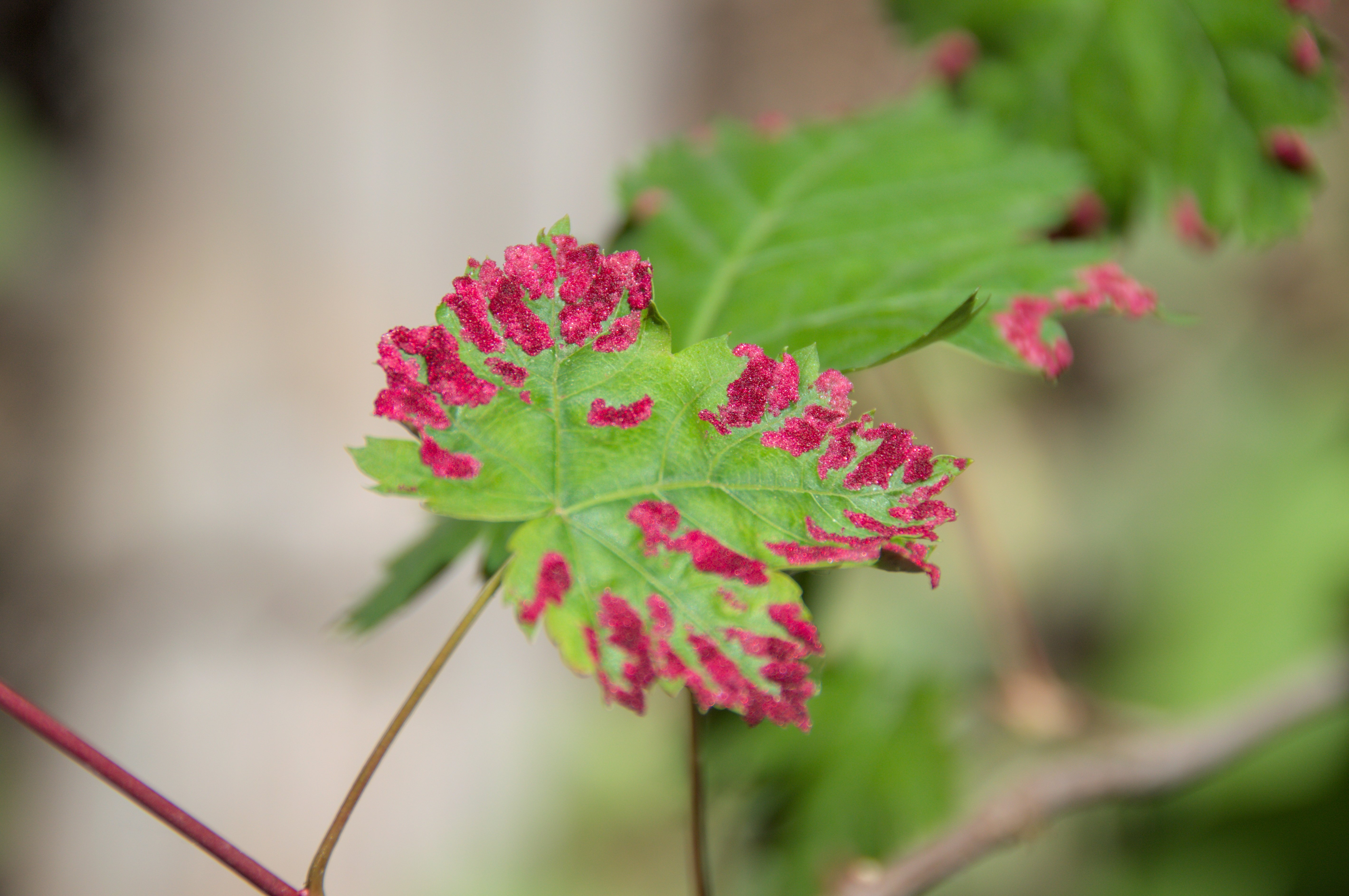
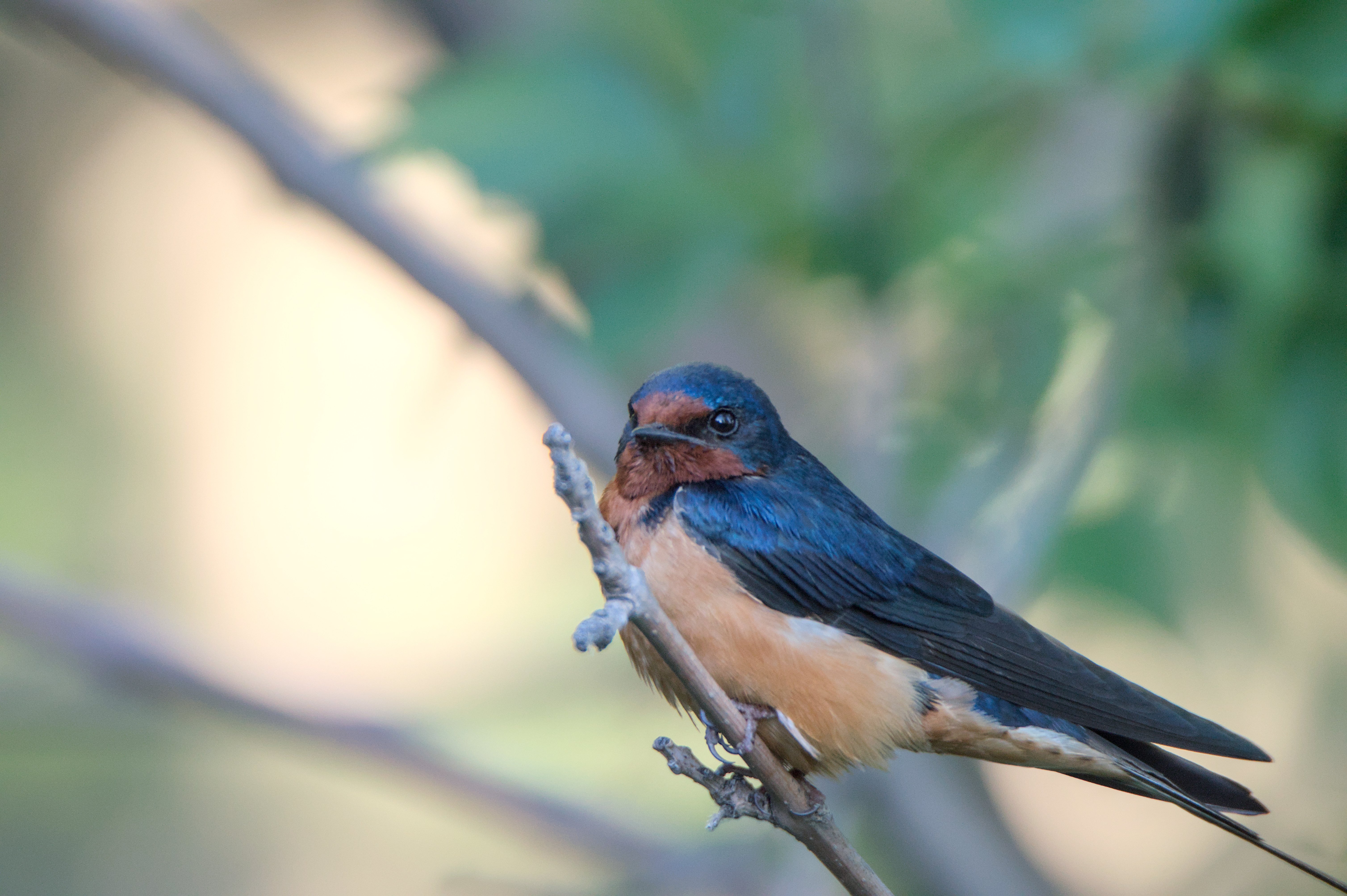
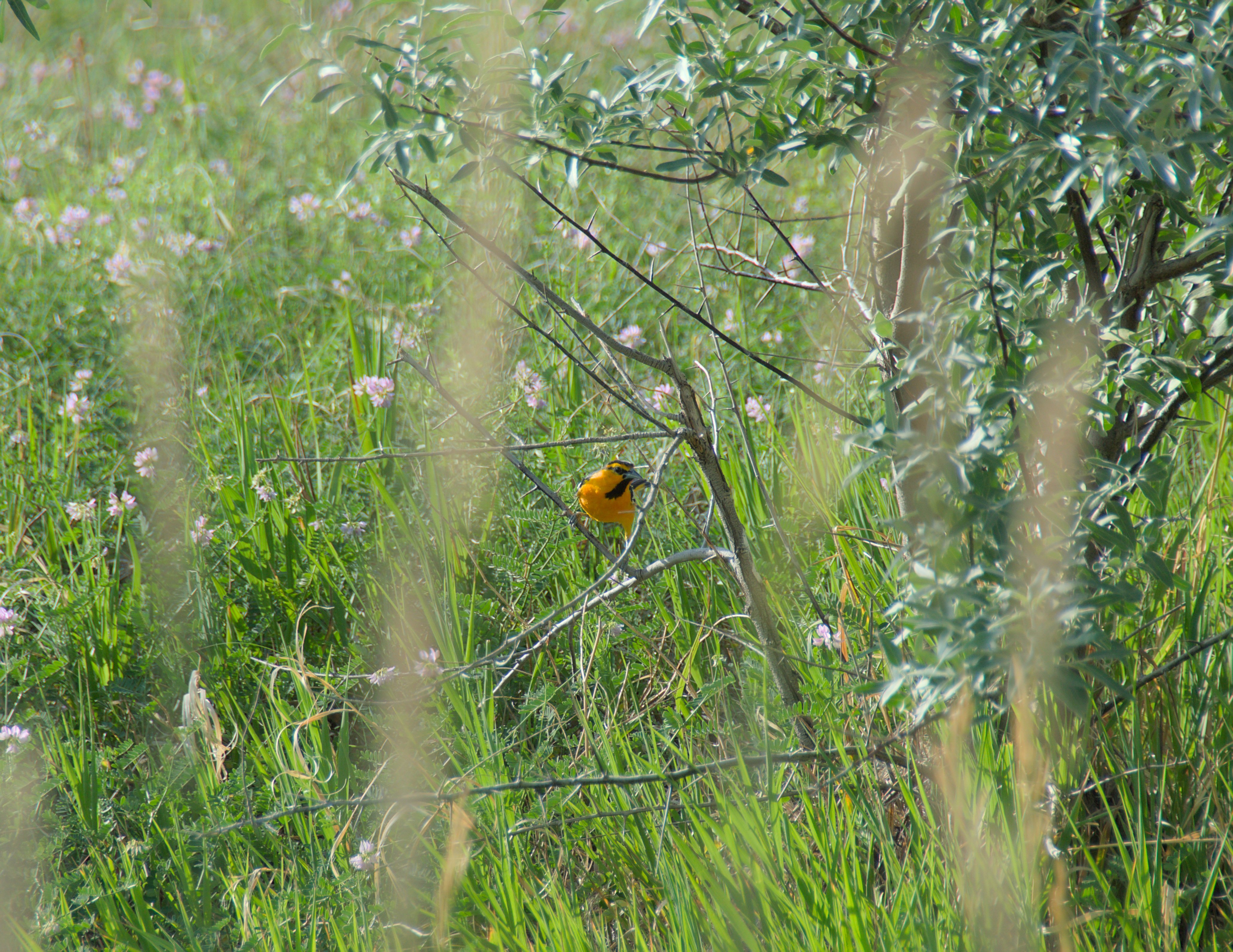




I've been watching an insane amount of M43 videos lately.
Right now, I kind of feel like that the performance beast (high image quality days) + pocket rangefinder (travel or daily carry) is a really attractive setup, like Lumix G9 plus GX85, or E-M1X plus E-M5 III. I also found that I can indeed get all the lenses that I want (with professional quality) for under $2k (wide kit, two fast primes, macro, telephoto). Yes, that whole setup would be really light and small, to the point where camera and two or three lenses can be inconspicuously carried around in pockets.
I don't want to spend a ton, but I also think that I should "go big or go home". I want to feel the improvement, but without breaking the bank. Basically, my options remain the same (E-M5 III, GX85, etc). I'm trying to find something close to ~$500, and I'll make a final decision after KEH pays me if they really are keeping my Nikon lenses.
That was honestly great, I'm impressed. I've seen macro photos people have taken on M43, and they look great all the way from wide-angle to telephoto range. I guess the deeper depth of field and image stabilization is a huge plus for handheld macro, even though a full frame setup (with a different lens) will clearly capture more light and push the ISO further (or use a flash).
Yes, I would aim for 450mm+ full frame equivalent. From experience, I feel like 450mm in full frame is great, 600mm isn't much of an upgrade, and 800mm is awesome (but heavy).
For Sony, the best I could do on a budget would be the Tamron 70-300mm ($500 new, say $350 used) and the Sigma 100-400mm ($850 new, say $600 used).
For M43, there's the Olympus 75-300mm ($550 new, say $400 used) and the Panasonic 100-300mm ($650 new, say $500 used).
Options aren't bad for either, considering crop factor, size, and price. I would say they are virtually tied, with APS-C having a slight edge on image quality and video autofocus, and M43 winning on either reach (considering the 70-300mm) or weight and bulk (considering the 100-400mm without the hood) .
I would probably get one of those "do-it-all" lenses you're talking about, as well. They would be great travel assets, I think. But to be honest, I'm unsure how much of an improvement that would be, considering that carrying a wide plus a telephoto lenses is no big deal anyway if they are M43.
Unfortunately, shops around me only rent full frame flagship legends, so I'm out of luck. There's a local Olympus "borrow our equipment for free for 4 days" program, though. But they only lend their newest releases. I couldn't find an option to borrow both an OM-5 body and an all-purpose lens. Tomorrow I'll call them and see if that's possible.
That's exactly why I'm hesitant to commit to one system or the other. I'm asking myself "do I really need something this light and tiny? Maybe I don't, perhaps my current setup is already small enough and I won't care much about a smaller camera. But maybe I do, and it will be a game changer when I realize it". The same thing for creepy Sony eye-tracking autofocus. Who knows if I will simply not care or absolutely love it. There's a possibility that I'll hate Panasonic contrast-only autofocus (I know it's straight up unusable on my Nikon D3200, while the D500 puts every other camera out there to shame). I might also not care the least and even forget that I don't have phase contrast AF. Well, the list goes on and on; IBIS, high-resolution mode, focus stacking, bracketing, flippy screen, yadda yadda yadda.
I guess I'll only find out when I pull the trigger on one of those. Options are too volatile right now, on all platforms: Craigslist, eBay, Roberts Camera, KEH, MPB, etc. I'll have consider my options carefully when I get my money from KEH.
What I've seen is,
I'll start with one of those bodes plus an all-purpose wide to mid range zoom and see how I like it for "everyday" stuff.